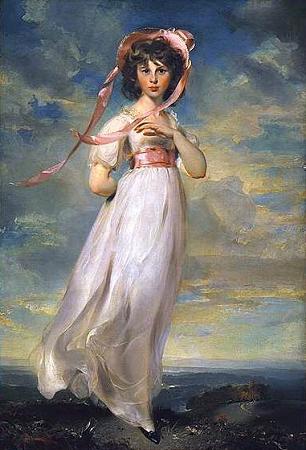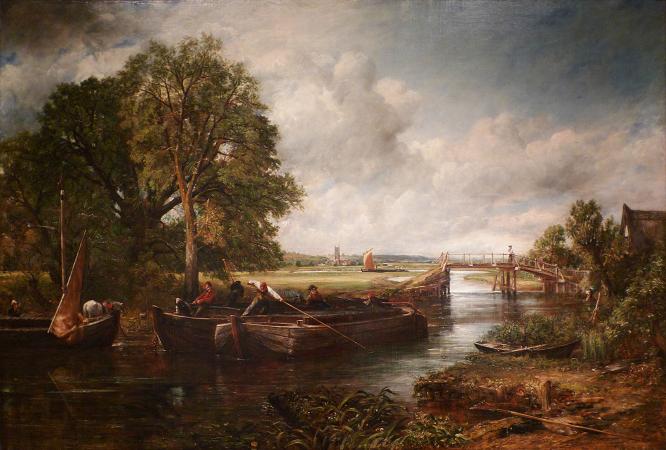Huntington Library. The Huntington Library, Art Museum and Botanical Gardens, known as The Huntington, is a collections-based educational and research institution established by Henry E. Huntington and Arabella Huntington and located in San Marino, California, United States. In addition to the library, the institution houses an extensive art collection with a focus on 18th-and 19th-century European art and 17th-to mid-20th-century American art. The property also includes approximately 120 acres of specialized botanical landscaped gardens, most notably the Japanese Garden, the Desert Garden, and the Chinese Garden. On September 5, 2019, The Huntington will kickoff a year-long celebration of its centennial year with exhibitions, special programs, initiatives, a special Huntington 100th rose, and a float in the 2020 Rose Parade in nearby Pasadena, CA. As a landowner, Henry Edwards Huntington played a major role in the growth of Southern California. Huntington was born in 1850, in Oneonta, New York, and was the nephew and heir of Collis P. Huntington, one of the famous Big Four railroad tycoons of 19th century California history. In 1892, Huntington relocated to San Francisco with his first wife, Mary Alice Prentice, as well as their four children. He divorced Mary Alice Prentice in 1906; in 1913, he married his uncle's widow, Arabella Huntington, relocating from the financial and political center of Northern California, San Francisco, to the state's newer southern major metropolis, Los Angeles. He purchased a property of more than 500 acres that was then known as the San Marino Ranch and went on to purchase other large tracts of land in the Pasadena and Los Angeles areas of Los Angeles County for urban and suburban development. As president of the Pacific Electric Railway Company, the regional streetcar and public transit system for the Los Angeles metropolitan area and southern California and also of the Los Angeles Railway Company, he spearheaded urban and regional transportation efforts to link together far-flung communities, supporting growth of those communities as well as promoting commerce, recreation and tourism. He was one of the founders of the City of San Marino, incorporated in 1913. Huntington's interest in art was influenced in large part by his second wife, Arabella Huntington, and with art experts to guide him, he benefited from a post-World War I European market that was ready to sell almost anything. Before his death in 1927, Huntington amassed far and away the greatest group of 18th-century British portraits ever assembled by any one man. In accordance with Huntington's will, the collection, then worth $50 million, was opened to the public in 1928. On October 17, 1985, a fire erupted in an elevator shaft of the Huntington Art Gallery and destroyed Sir Joshua Reynolds's 1777 portrait of Mrs. Edwin Lascelles. After a year-long, $1 million refurbishing project, the Huntington Gallery reopened in 1986, with its artworks cleaned of soot and stains. Most of the funds for the cleanup and refurbishing of the Georgian mansion and its artworks came from donations from the Michael J. Connell Foundation, corporations and individuals. Both the Federal art-supporting establishment of the National Endowment for the Arts and the National Endowment for the Humanities gave emergency grants, the former of $17,500 to support conservation and other related costs resulting from a serious fire at the Gallery of Art, and the latter of $30,000 to support the restoration of several fire-damaged works of art that depict the story of Western culture. The library building was designed in 1920 by the southern California architect Myron Hunt in the Mediterranean Revival style. Hunt's previous commissions for Mr. and Mrs. Huntington included the Huntington's residence in San Marino in 1909, and the Huntington Hotel in 1914. The library contains a substantial collection of rare books and manuscripts, concentrated in the fields of British and American history, literature, art, and the history of science. Spanning from the 11th century to the present, the library's holdings contain 7 million manuscript items, over 400,000 rare books, and over a million photographs, prints, and other ephemera. Highlights include one of eleven vellum copies of the Gutenberg Bible known to exist, the Ellesmere manuscript of Chaucer, and letters and manuscripts by George Washington, Thomas Jefferson, Benjamin Franklin, and Abraham Lincoln.
more...














